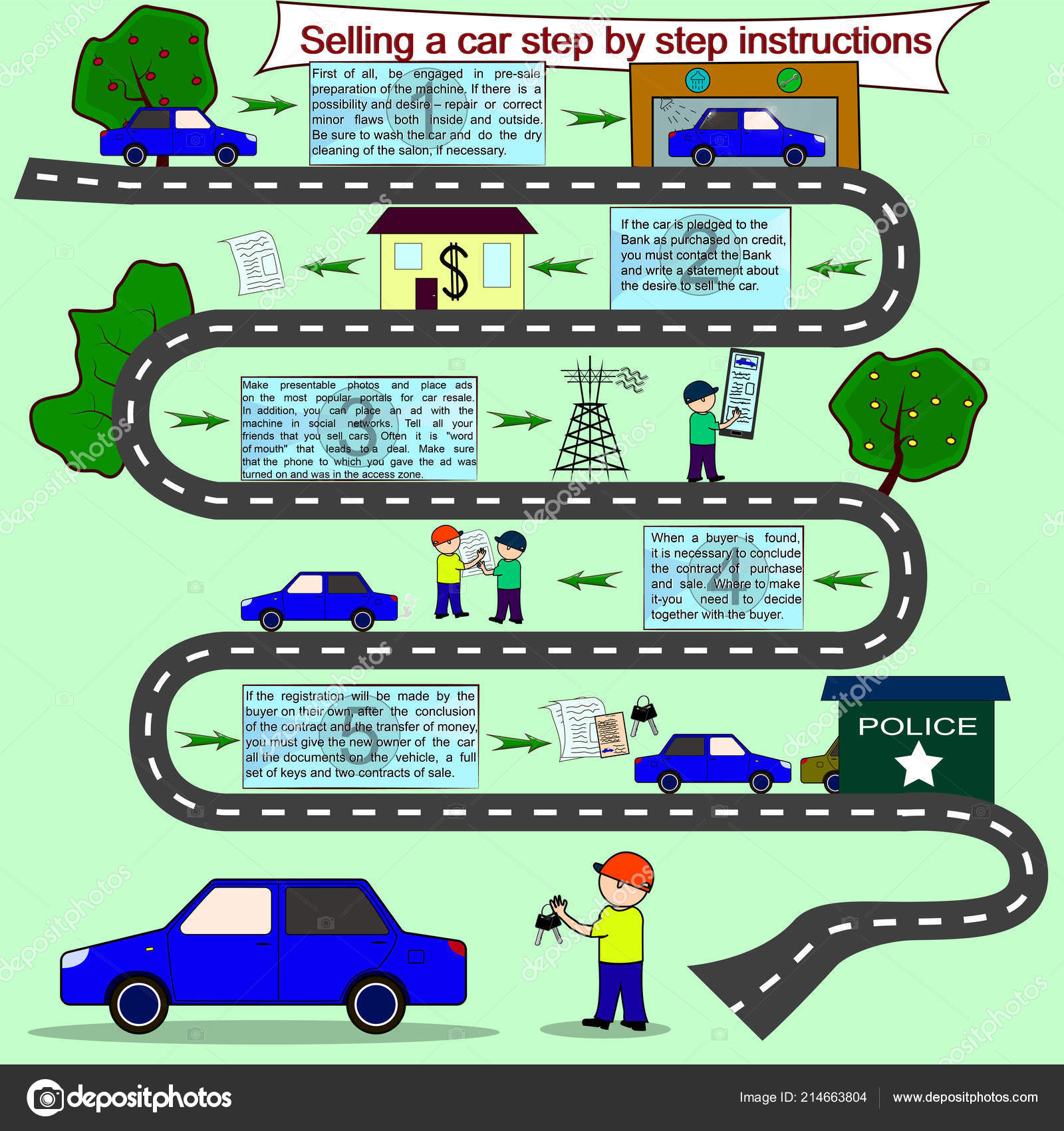When you lag the wheel, those little warning lights on your car's control panel can be fairly complicated. What do learn this here now suggest, and should you be worried? Comprehending these signals is essential for your car's health, but it doesn't have to be a daunting task. By translating the secret behind each light, you'll be geared up to deal with prospective problems effectively and keep your vehicle running smoothly. So, next time a caution light flashes, don't panic - arm yourself with understanding and take control of the situation.
Importance of Auto Warning Lights
Comprehending the significance of your auto's caution lights is vital for maintaining your vehicle's health and safety. These lights function as your auto's communication system, informing you to possible problems that could jeopardize your safety when driving or cause expensive fixings if neglected. By paying attention to these warnings, you can resolve issues early and protect against additional damage to your car.
Ignoring alerting lights can result in severe repercussions, such as engine failure, brake malfunctions, and even crashes. These lights are developed to alert you of problems ranging from low tire pressure to engine breakdowns, providing you the chance to take action before the situation gets worse. Consistently examining and understanding these warnings can conserve you time, money, and guarantee your security while driving.
Along with maintaining you secure, responding quickly to alerting lights can also aid lengthen the lifespan of your car. By attending to problems early, you can prevent little troubles from escalating into significant repair services, inevitably conserving you time and money over time. Bear in mind, your automobile's warning lights are there for a reason - do not overlook them!
Common Caution Lights and Meanings
When it pertains to driving your cars and truck, recognizing typical warning lights and their definitions is necessary for your safety and lorry upkeep. Below are a couple of common caution lights you may run into:
1. ** Examine Engine Light **: This light suggests a problem with your engine. It could be something small like a loosened gas cap or something much more major like engine misfiring.
2. ** Battery Light **: This light signals a trouble with your car's charging system. It could suggest a faulty battery, alternator, or various other related parts.
3. ** Oil Stress Light **: When this light begins, it implies your engine might be running low on oil or experiencing low oil stress, which can lead to engine damage otherwise attended to quickly.
4. ** Brake System Light **: This light shows a problem with your braking system. It could mean low brake fluid levels or a problem with the brake system that requires prompt focus.
Understanding these typical warning lights will help you identify potential issues beforehand and protect against even more significant problems down the road.
Exactly how to Reply To Caution Lighting
In the event that a warning light illuminates on your auto's dashboard, it's crucial to react quickly and suitably. When a caution light comes on, the very first step is to consult your proprietor's guidebook to understand the certain issue suggested by the light.
Some lights require immediate interest, while others may indicate a less immediate issue. If the warning light is red or flashing, it's normally an indication of a significant issue that needs prompt activity. In such instances, it's recommended to pull over safely, shut off the engine, and look for specialist aid.
For yellow or orange warning lights, while they may not need immediate attention, it's still essential to address the underlying concern promptly to prevent more damages. Regular maintenance and assessment can aid protect against advising lights from beginning suddenly.
Verdict
In conclusion, recognizing your auto's warning lights is important for preserving your vehicle's health and wellness. By consistently checking and responding to these cautions, you can deal with possible problems early and prevent pricey fixings or safety dangers. Remember to consult your owner's guidebook for details on different warning lights and always take instant activity for red or blinking lights. Remain positive and keep your car running smoothly!
